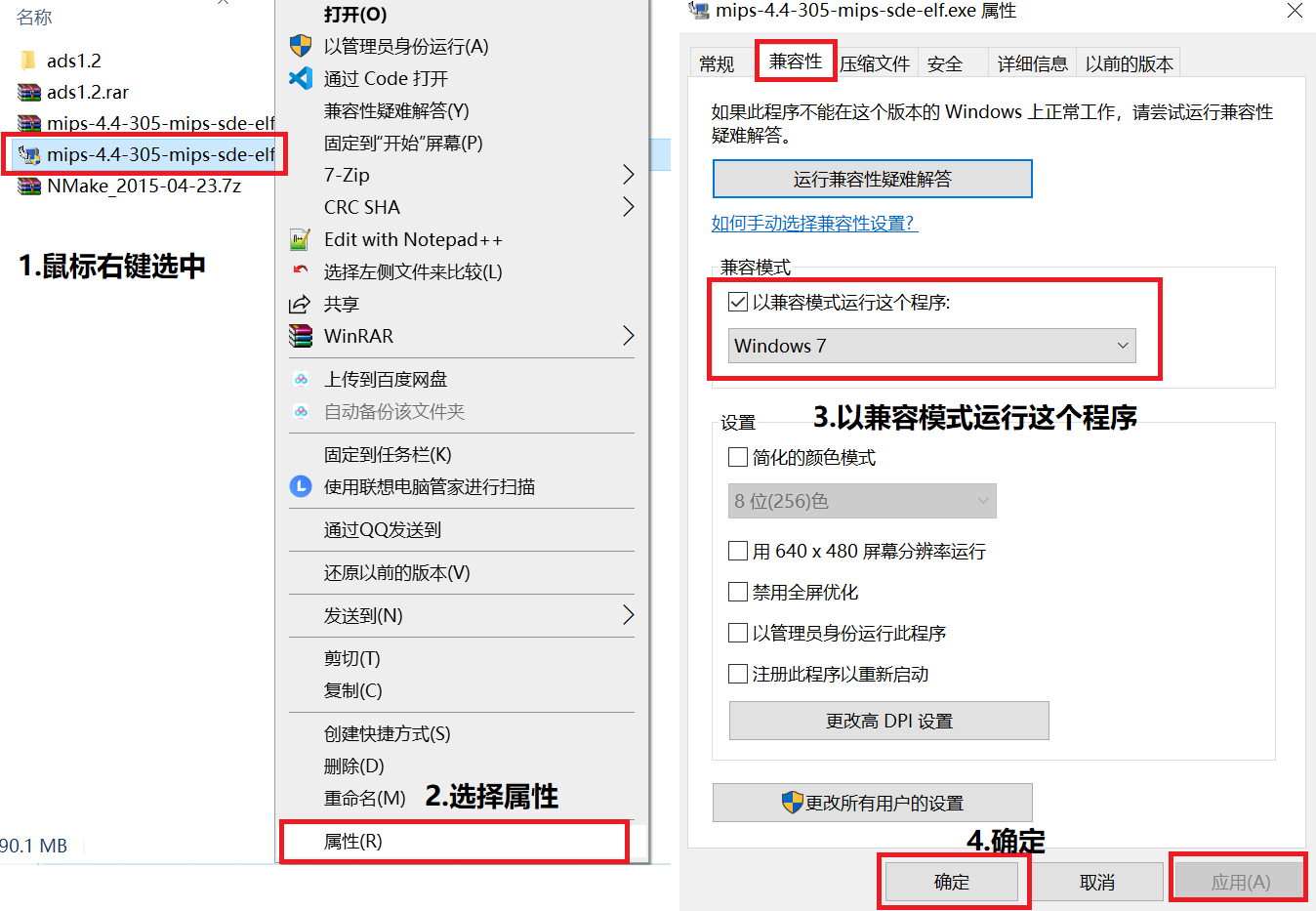

- #Installer user interface mode not supported windows 10 how to
- #Installer user interface mode not supported windows 10 Pc
Note - As this page is probably very brief or even incomplete you might find these pages rather useful: Don't try to use ping to test your QEMU network configuration! Note - if you are using the (default) SLiRP user networking, then ping (ICMP) will not work, though TCP and UDP will. (Forgetting to specify the backend or the network device will give a warning message such as "Warning: netdev mynet0 has no peer", "Warning: hub 0 is not connected to host network" or "Warning: hub 0 with no nics" the VM will then boot but will not have functioning networking.) Note - if you specify any networking options on the command line (via -net or -netdev) then QEMU will require you to provide options sufficient to define and connect up both parts.
#Installer user interface mode not supported windows 10 Pc
By default QEMU will create a SLiRP user network backend and an appropriate virtual network device for the guest (eg an E1000 PCI card for most x86 PC guests), as if you had typed -net nic -net user on your command line. There are a range of options for each part. the network backend that interacts with the emulated NIC (e.g.the virtual network device that is provided to the guest (e.g.There are two parts to networking within QEMU: 6.2.6 Windows 2000, Windows XP, Windows 7.
#Installer user interface mode not supported windows 10 how to


 0 kommentar(er)
0 kommentar(er)
